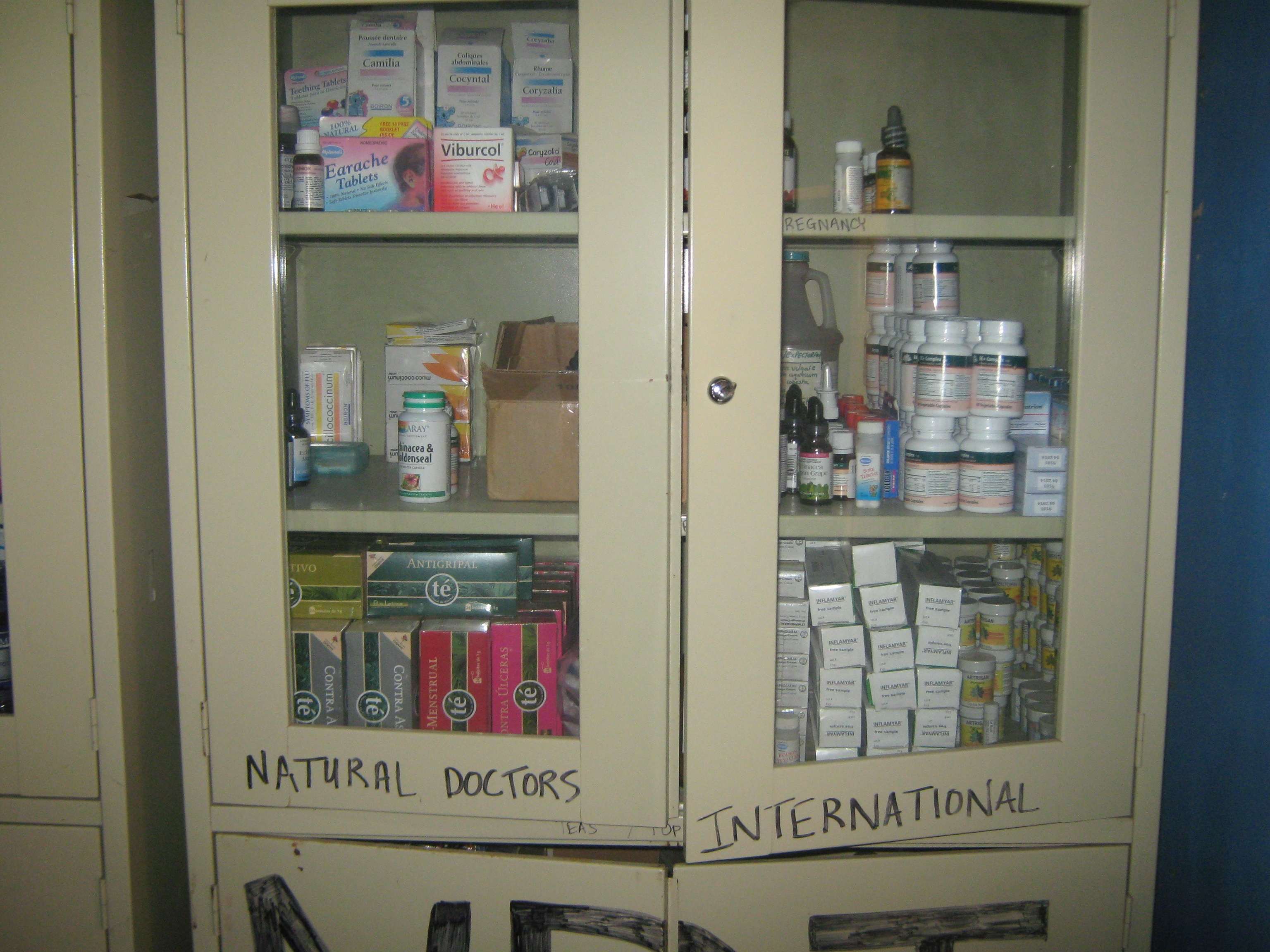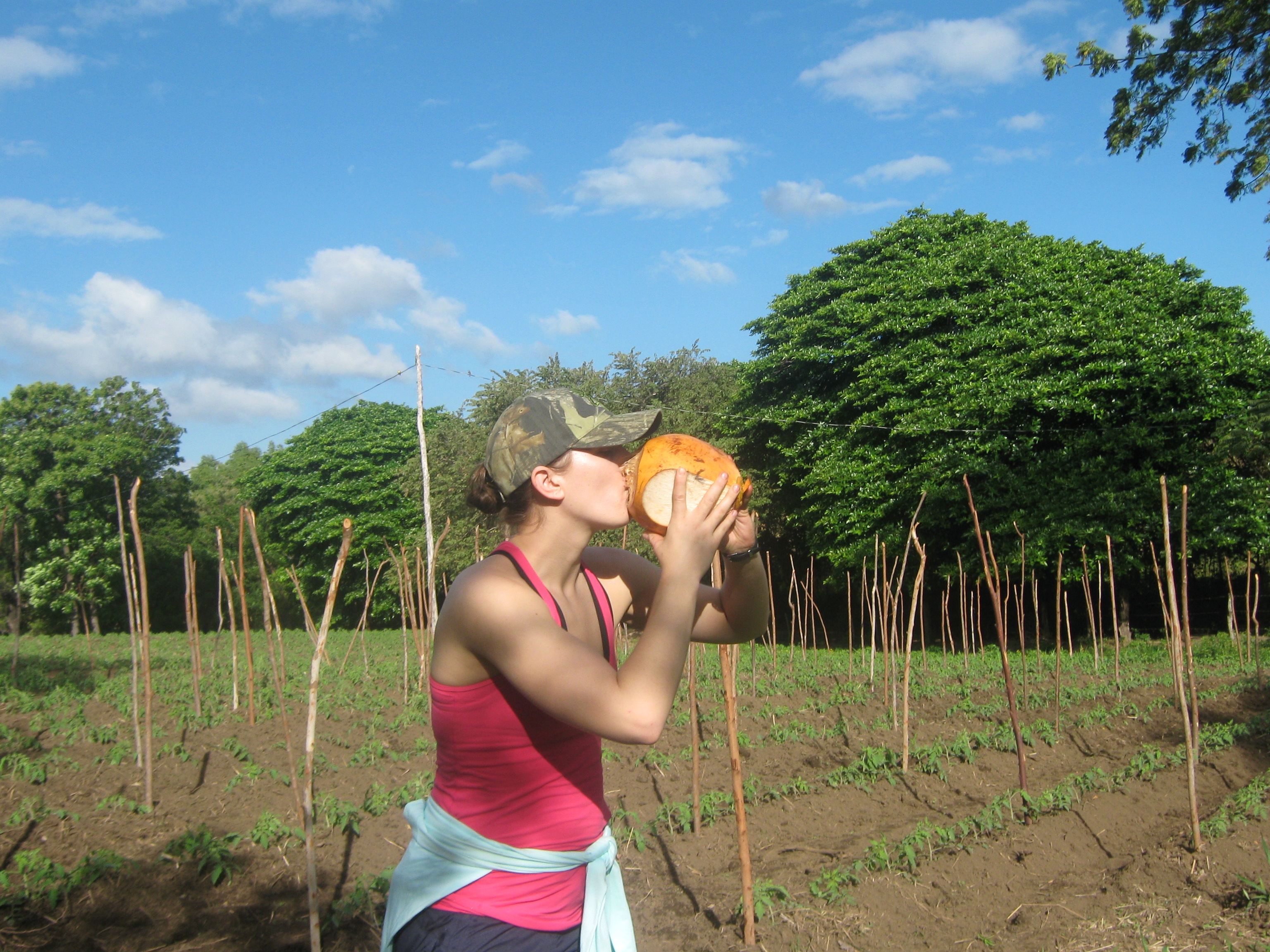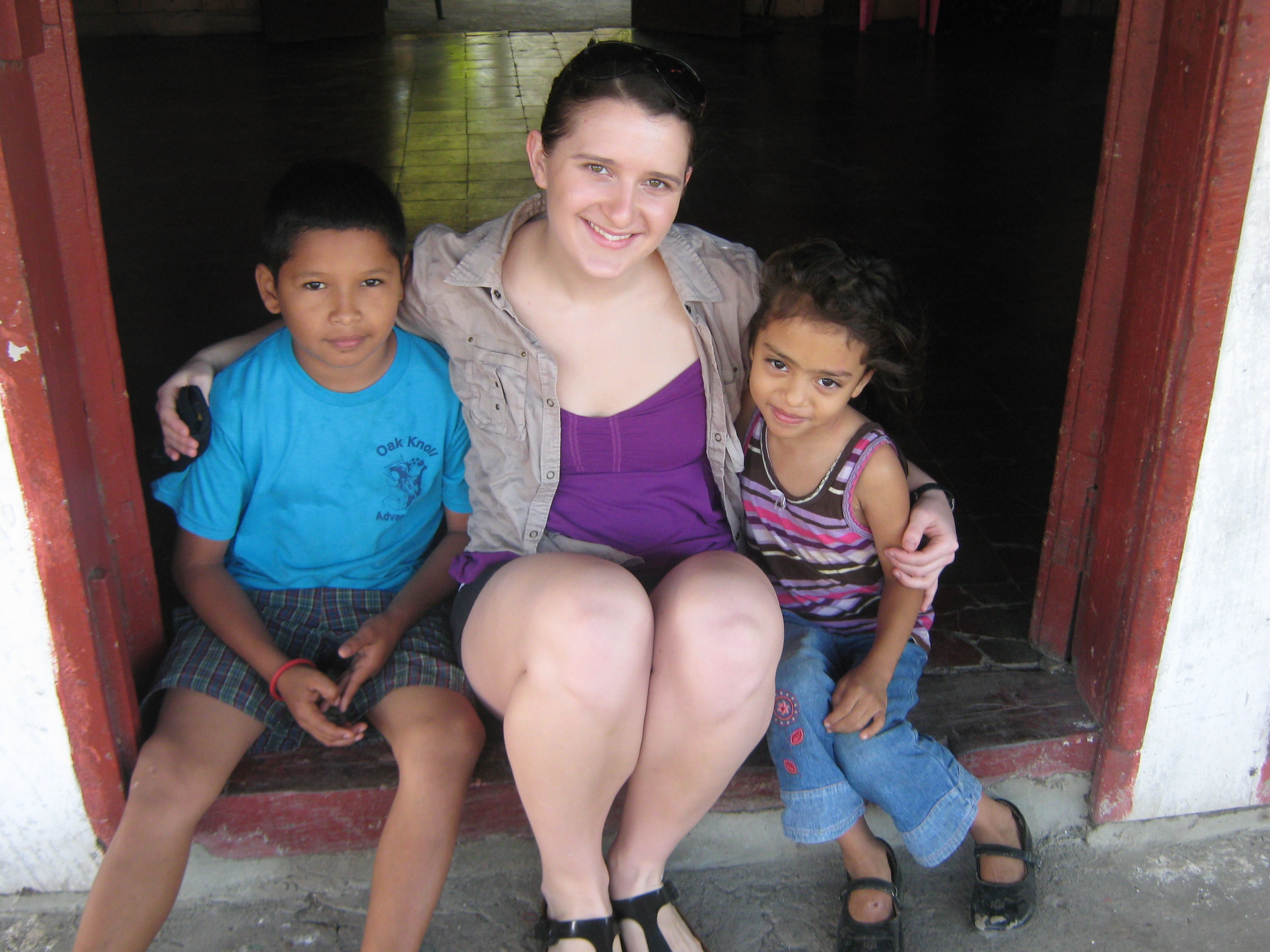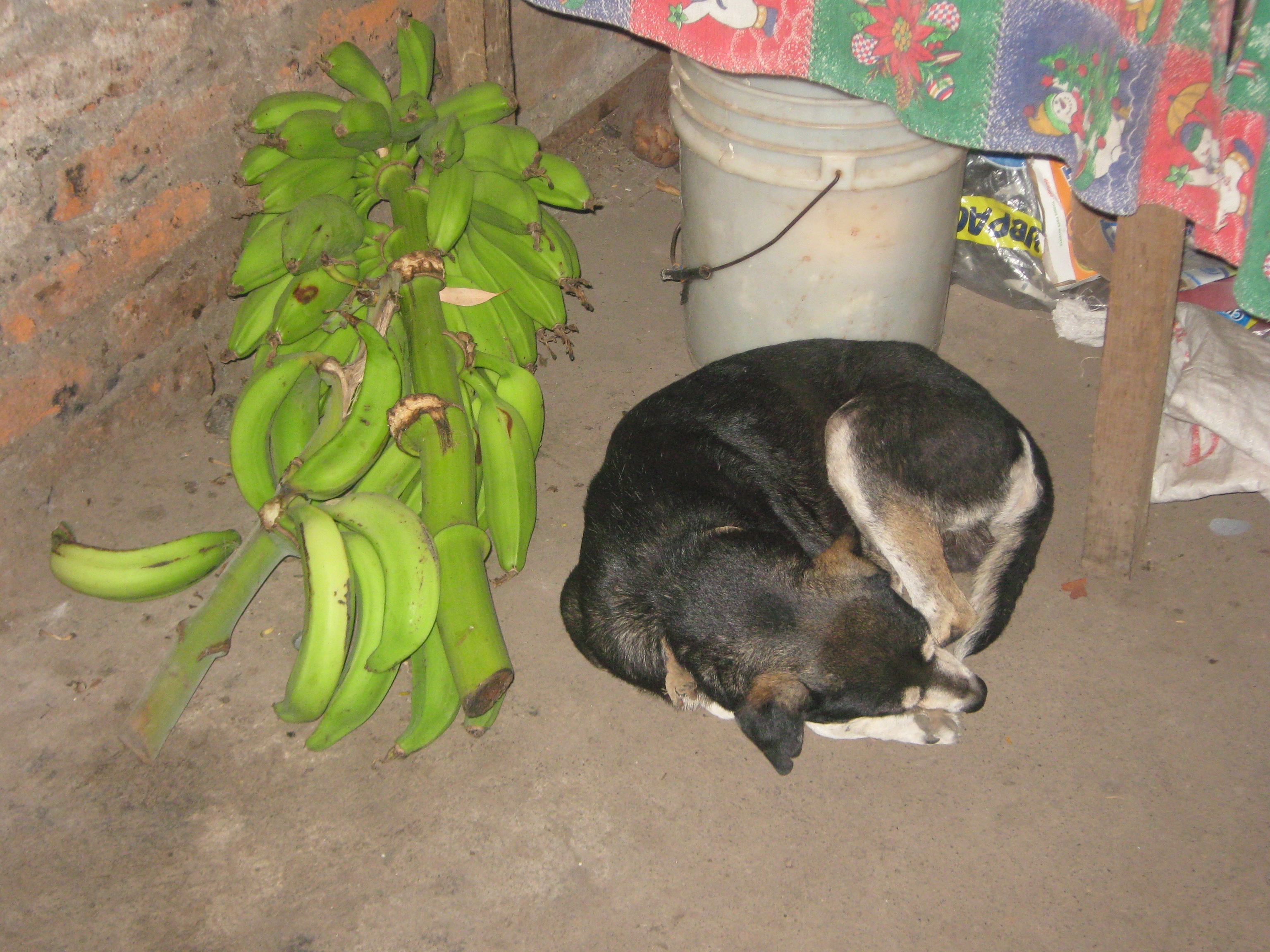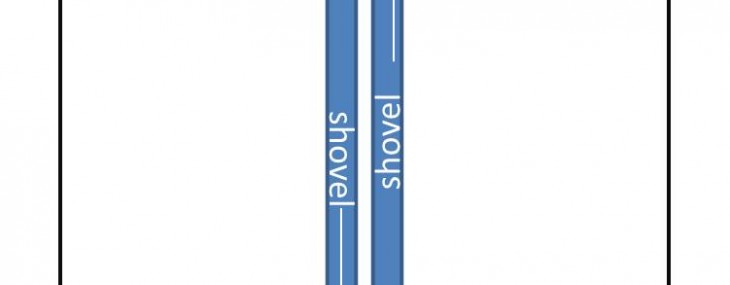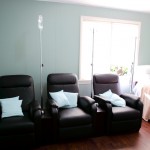 –Dr. Payam Kiani, ND., B.Sc, FABNO-
–Dr. Payam Kiani, ND., B.Sc, FABNO-
My patients never cease to amaze me.
They all do, really, but particular awards go to my patients who are battling cancer. By far, they sustain the most poking and prodding, invasive surgeries, harsh medications, and toxic therapies all with the hope that they will be cured. They grin and bear the devastating effects of their disease and of the treatments that go along with it but, no matter what happens to their physical health, I always see one thing for sure: at their core they become stronger, more enlightened, and more conscious of the realities of life around them. What I’m saying might need a little explanation, but I’ll have to save that for another time.
I have to help them
It’s for this grueling path that my patients with cancer take, that I’m inspired to continually find ways to help them. I explore all avenues and some of my main goals are to improve their immune systems to prevent infections, to help them heal faster from their surgeries, to support them through chemotherapy and radiation, to reduce their side-effects while improving the effectiveness, to explore and provide experimental natural treatments in the search for a cure, and finally, to provide guidance to navigate through the forest of complementary and alternative therapies, that are worth-while trying.
Powerful tools to fight cancer don’t need to hurt so much
Here are some of the tools I use to help fight cancer, without making my patients sicker – I focus not only on killing their cancer, but on making them healthier and stronger! We want to beat the odds, and with these natural therapies we accomplish better outcomes and definitely better quality of life:
– Diet and Nutrition
– Herbal Medicine
– Intravenous Vitamin Therapy
– Acupuncture
– Detoxification
– Stress management
Tell someone that we can help
You probably know someone who is suffering from this disease, or you might be battling it yourself. I want to be by your side as your expert advisor in natural, complementary, and alternative treatments to fight cancer and make you healthier. To read more about our integrative cancer therapies please visit:
http://kianind.com/services/health-programs/integrative-cancer-therapy/





